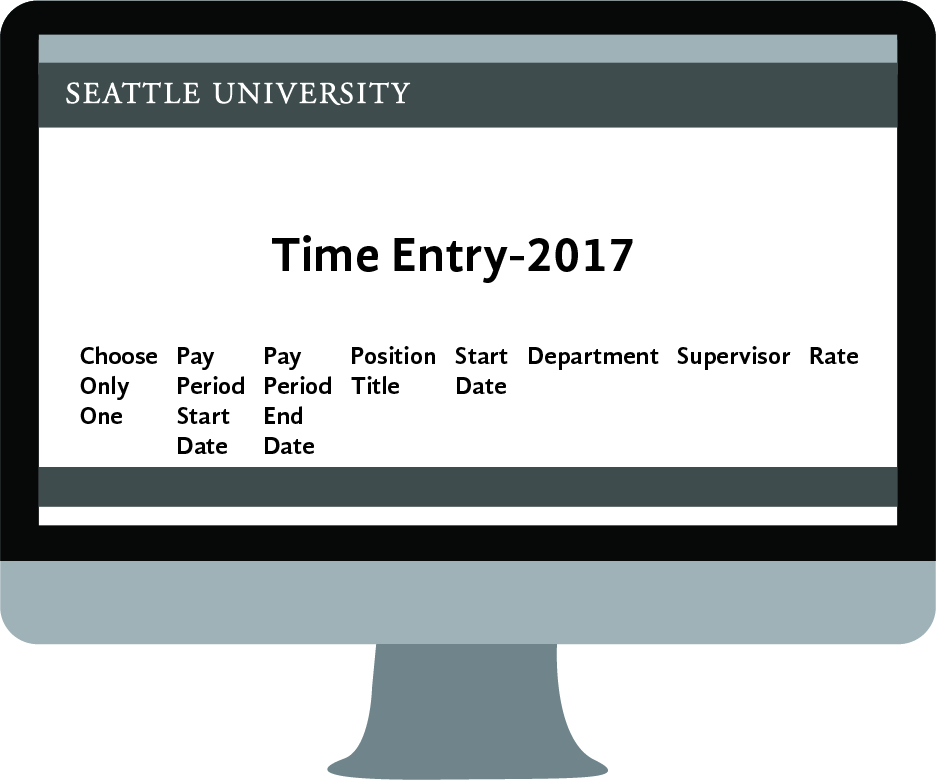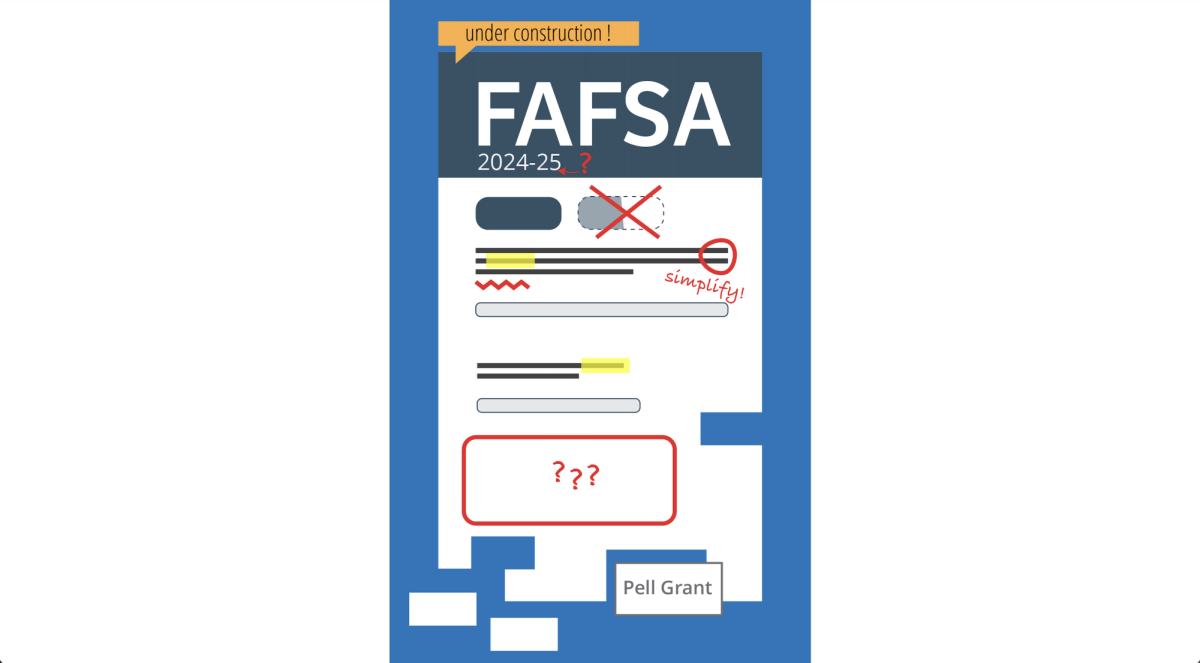If you have not heard of RevSU, Seattle University’s attempt to modernize its outdated IT system, then by most indicators the project is advancing smoothly. The motivation? A desire and need to propel Seattle U’s IT network into the modern era.
The current system of interconnected data has long been obsolete, despite multiple, fragmented re-toolings. Last year the 2016-17 fiscal budget of $211.9 million was announced, and finally a $1.6 million provision to update the process of administrative duties on campus was born.
Tatiana Saroca is the university’s ITS-RevSU change management specialist. Given the scope and timeline of the RevSU program, Saroca helps to communicate the purpose and outcomes of RevSU to the university community.
“The project started last year, and will continue into early 2018, but most of the major changes will be done this year,” Saroca said. “By major changes I mean we’re taking our current ‘colleague’ system, we’re calling it Legacy Colleague, and we’re transferring all that data and putting into ‘New Colleague’.”
Saroca said the major changes will be completed by July of this year.
‘Colleague’ is the crucial aspect of RevSU, and is the name of the university’s enterprise resource planning (ERP) system. It is the platform from which all of Seattle U’s administration takes place, including financial aid, grades and student and staff pay.
As a change management specialist, Saroca has a unique understanding of the project’s end goals, and how the new ERP will affect Seattle U users who interface with the system.
“Users to us means the end-users. What projects typically tend to focus on is what we would call a power-user,” Saroca said. “People in the registrar’s office, or people in the controller’s office—they’re in the system everyday. The end-users are the people actually registering for classes, so like students or faculty, the people giving out the grades.”
Miles Schlagel is a senior administrative assistant in the art department, and serves as RevSU’s academic administrative staff representative for the executive committee. Essentially, he makes sure that staff and faculty who don’t know about RevSU become informed.
“The way the registrar office is processing classes and the way the academic departments are scheduling courses—that’s all being updated into a newer system that’s more [streamlined],” Schlagel said. “It gives us a better overview of how classes are being scheduled across the university, so we’re not so-much siloed into our own academic departments.
For Schlagel, the project’s success and purpose comes down to how well the final product assists in communication throughout the university, especially between staff.
“In my role, I schedule classes for the fine arts department, so that really helps give me more clear tools on how to better schedule our courses to better serve our students,” Schlagel said.
With so much integral activity occurring on these systems, it begs the question why it’s taken so long to get to this point. More importantly, why such a drastic and expensive fix?
“You can kind of think of it as one of those Rube Goldberg contraptions,” Saroca said. “You think just removing one element seems so easy, but when you step back into the grand scheme of things it really messes up the system. Unfortunately there’s poor documentation to layout what we did to the system in the 20 years it’s been with us.”
Such a complicated system is certain to bring growing pains along the way, and RevSU will have had to deal with them in turn. While students are used to bi-monthly pay, staff had been used to one early month paycheck when planning their finances and living arrangements. It’s an example of the unexpected problems that Saroca and Schlagel help to communicate and solve.
“It was a huge adjustment for staff at first, but I think the university and the RevSU team did a really good job of informing us,” Schlagel said. “They were really great about reaching out, and getting feedback on the process.”
Most students who come to understand RevSU’s mission and the overall impact support the perspective that up-to-date integrated technology is key to a smoothly functioning system.
“I think it’s smart to replace these current systems,” said Kyle Seeberger, a junior engineering major. “Redoing older, dying systems is a smart idea.”
As the update continues into the summer, there is peace of mind knowing an overhaul of this magnitude will likely be the last.
“I do know that the university is intending to move to a hosted environment, so that as updates happen to the system, they happen automatically for the university. So that there won’t be this kind of implementation,” Sarcoa said. “The intent of this project is really so that we won’t have to go through this again to this scale.”
Les may be reached at
[email protected]












